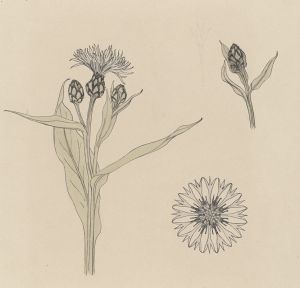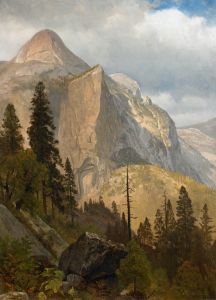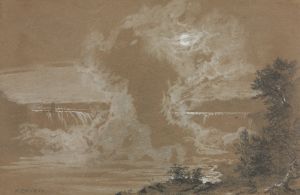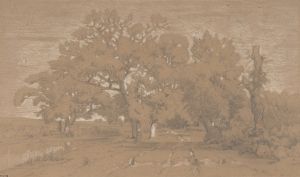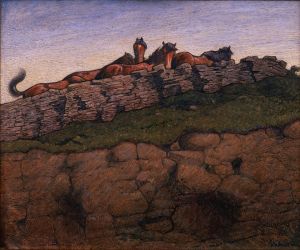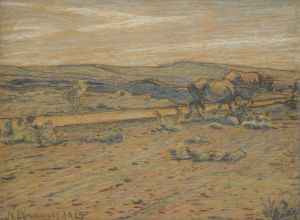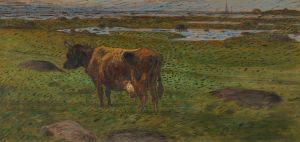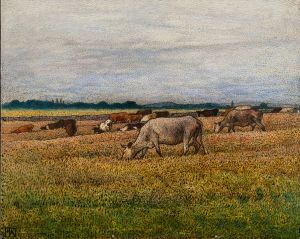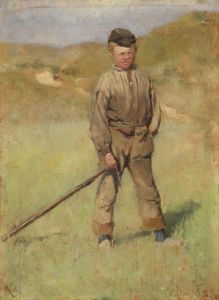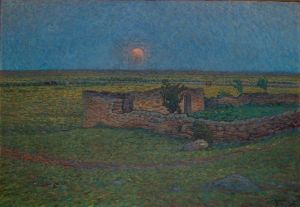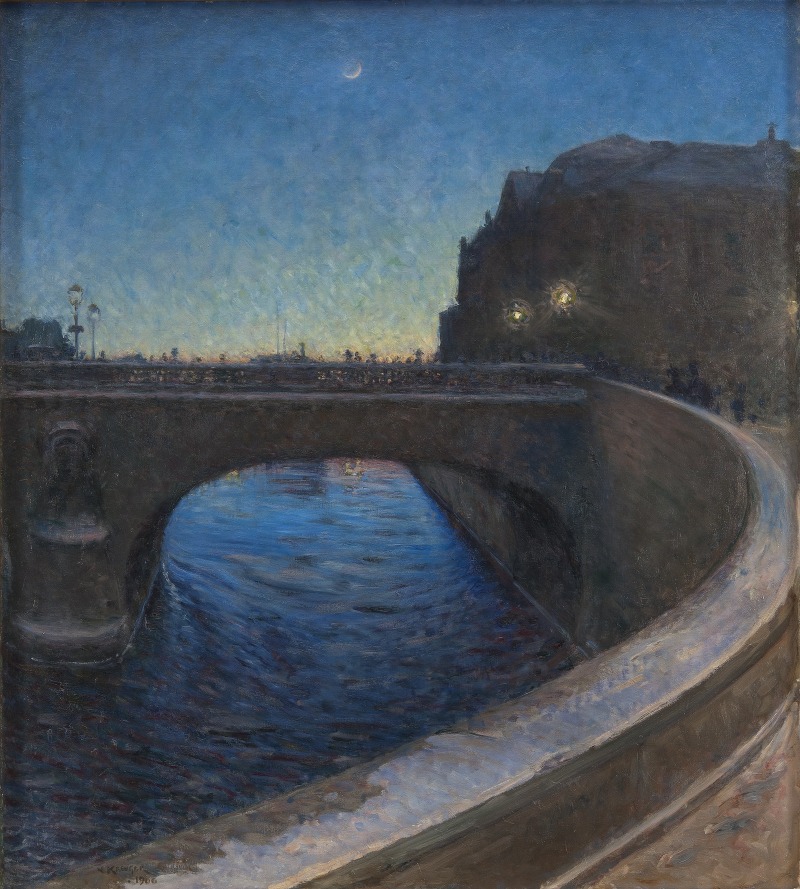
March Evening
A hand-painted replica of Nils Kreuger’s masterpiece March Evening, meticulously crafted by professional artists to capture the true essence of the original. Each piece is created with museum-quality canvas and rare mineral pigments, carefully painted by experienced artists with delicate brushstrokes and rich, layered colors to perfectly recreate the texture of the original artwork. Unlike machine-printed reproductions, this hand-painted version brings the painting to life, infused with the artist’s emotions and skill in every stroke. Whether for personal collection or home decoration, it instantly elevates the artistic atmosphere of any space.
Nils Kreuger was a prominent Swedish painter known for his contributions to the national romantic movement in Sweden. One of his notable works is "March Evening," a painting that exemplifies his distinctive style and thematic focus. Kreuger was born in 1858 in Kalmar, Sweden, and he studied at the Royal Swedish Academy of Arts in Stockholm. He later traveled to Paris, where he was influenced by the plein air painting techniques of the Barbizon School and the Impressionists.
"March Evening" is a landscape painting that captures the serene and atmospheric qualities of the Swedish countryside during the early spring. Kreuger was known for his ability to depict the changing seasons and the subtle variations in light and color that accompany them. This painting is a testament to his keen observation skills and his ability to convey mood through his use of color and composition.
The painting features a rural scene, likely inspired by the landscapes of Varberg, where Kreuger spent a significant amount of time. The composition is characterized by its horizontal format, which allows for an expansive view of the landscape. The use of muted colors and soft brushstrokes creates a sense of tranquility and introspection, typical of Kreuger's work during this period.
Kreuger was part of a group of artists known as the Varberg School, which included Richard Bergh and Karl Nordström. This group was instrumental in the development of Swedish national romanticism, a movement that sought to capture the unique qualities of the Swedish landscape and culture. "March Evening" reflects this ethos, as it emphasizes the beauty and simplicity of rural Sweden.
The painting is also notable for its treatment of light. Kreuger was adept at capturing the fleeting effects of light and shadow, and in "March Evening," he uses these elements to evoke the quiet, contemplative atmosphere of a spring evening. The soft, diffused light suggests the transition from day to night, a moment of stillness and reflection.
Kreuger's work, including "March Evening," was well-received in his time and continues to be appreciated for its artistic and cultural significance. His paintings are housed in several prominent collections, including the Nationalmuseum in Stockholm and the Gothenburg Museum of Art. Kreuger's influence extends beyond his own work, as he played a crucial role in the development of modern Swedish art.
In summary, "March Evening" by Nils Kreuger is a quintessential example of Swedish national romanticism, capturing the serene beauty of the Swedish landscape with a focus on light, color, and mood. Kreuger's ability to convey the essence of a moment through his art has earned him a lasting place in the history of Swedish painting.





